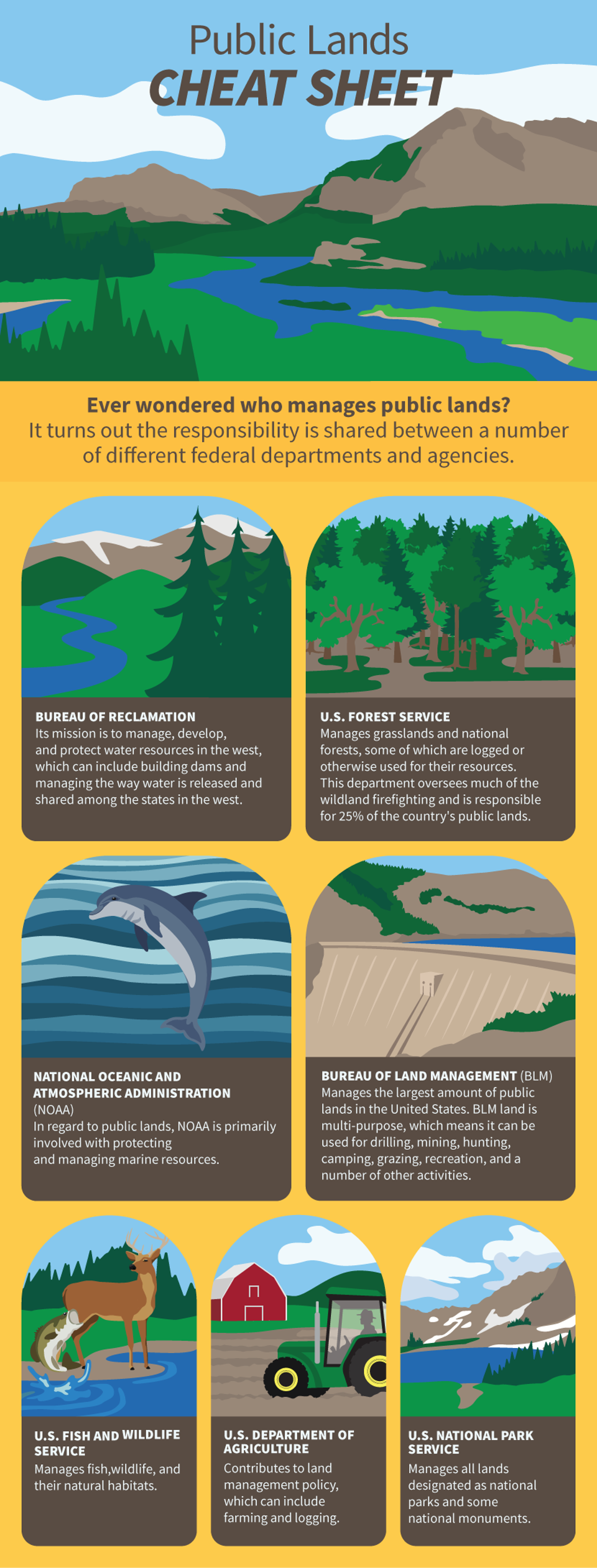The popularity of books and films about backcountry adventures, like Wild and A Walk in the Woods, have led to an increased interest in some of the world’s long-distance hikes and wildest places. Management organizations for the Pacific Crest Trail (Wild) and the Appalachian Trail (A Walk in the Woods) are bracing for an increase in the number of people embarking on these trails, while permit applications for the shorter John Muir Trail skyrocketed a few years ago. Once pursued by only a handful of hearty hikers each year, these trails are now swelling with adventure-seekers. The challenge of a 2,000-mile hike, or walking into the unknown in a wild environment, is a very common theme in human history, and these trails provide easy access for adventure-seekers. But is an increase in travel on these trails helpful or hurtful to the environment?

The cleanliness of the Everest region of Nepal has been especially hard hit by an influx of visitors. The remoteness of the region, coupled with the lack of infrastructure in the country, makes it difficult for trash to be removed from the area surrounding Everest. Rather than packing out their own trash, as is required in many wilderness areas in North America, tourists leave everything from candy bar wrappers to oxygen bottles on the trails and on the mountain. The pile of used oxygen canisters has gotten so severe on Everest that the government has mandated expeditions remove a certain amount of refuse every year. Though inconvenient, this requirement may help alleviate some of the environmental impacts of increased tourism to Nepal’s Himalaya. It’s an important reminder of the fragility of remote landscapes.

As travel in wilderness areas increased during the 1960s, conservation groups realized that there was no system in place to discourage people from leaving trash in the backcountry or from removing items that people treasured. Essentially, the wilderness was losing its wildness because people were having too much of an impact. After some trial and error, the seven Leave No Trace principles were developed as a way to inspire people to travel in wild places without having a noticeable impact. One of the unique attributes of Leave No Trace is that it is an ethic. By encouraging individuals to decide how to implement the principles based on their own philosophies, rather than by creating a set of rules, it was easier to get buy-in and the amount of trash and vandalism decreased markedly. If you haven’t spent a lot of time in national parks or on public lands, learn the seven Leave No Trace principles and decide how you want to implement them on your next trip. If everyone takes the time to consider their impact, the wilderness can remain wild, no matter how many people are enjoying it.
The Women's Outdoor News, aka The WON, features news, reviews and stories about women who are shooting, hunting, fishing and actively engaging in outdoor adventure. This publication is for women, by women. View all posts by The WON